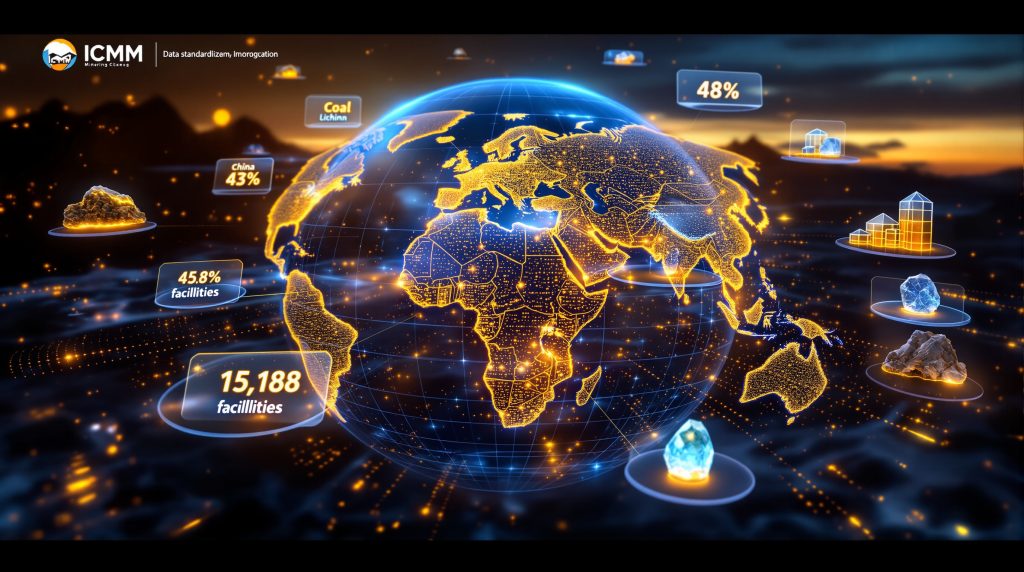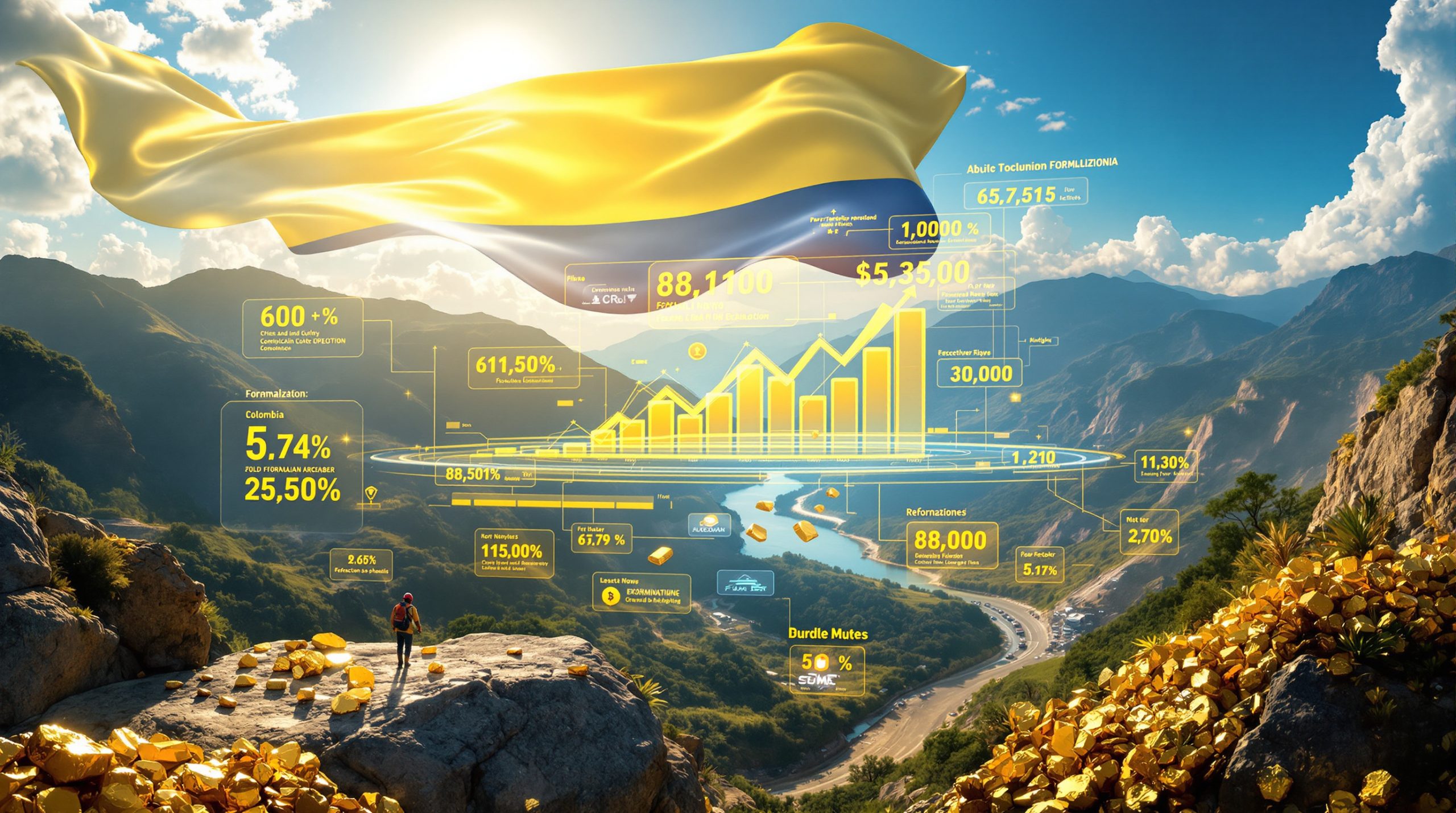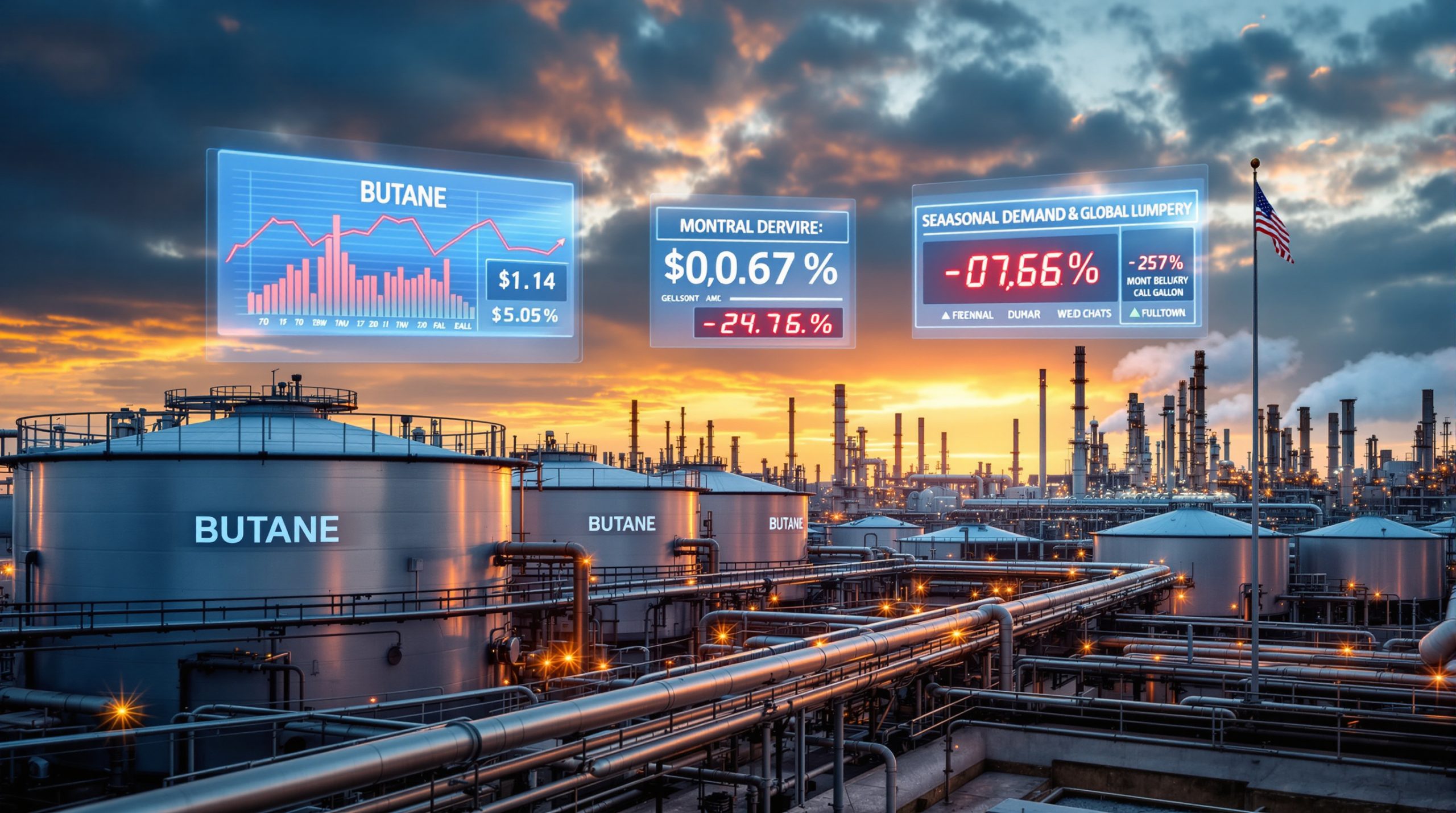The Evolution of Mining Data Collection and Analysis
The mining industry has long struggled with fragmented and inconsistent data, creating significant challenges for stakeholders attempting to make informed decisions. Historically, mining data collection relied on a patchwork of proprietary databases, regional reports, and company disclosures that varied dramatically in both quality and accessibility. This fragmentation severely limited the ability of policymakers, investors, and industry leaders to develop comprehensive insights about the sector's global impact and contributions.
Recent technological breakthroughs have revolutionized mining data collection and analysis methods. Advanced satellite imagery, sophisticated machine learning algorithms, and standardized reporting frameworks now enable more comprehensive and accurate data gathering. These innovations have facilitated the development of several global mining datasets providing unprecedented visibility into the industry's worldwide operations.
According to International Resource Panel co-chairperson Janez Potočnik, reliable, transparent and consolidated data serves as an essential foundation for evidence-based policymaking and effective governance in the mining sector. This technological evolution marks a crucial shift from isolated information silos to integrated data ecosystems that support data-driven mining operations.
What Is the ICMM Global Mining Dataset?
The International Council on Mining and Metals (ICMM) launched its landmark Global Mining Dataset in September 2025, addressing the longstanding need for standardized, reliable information about the global mining and metals sector. This groundbreaking initiative represents the most comprehensive publicly available compilation of mining and metals facilities worldwide, covering an impressive 15,188 mines and processing facilities across 47 different primary commodities.
Key Features of the ICMM Dataset
The ICMM dataset provides critical foundational information including:
- Geographical distribution of mining operations worldwide
- Facility types (mines, smelters, refineries, and processing plants)
- Primary commodities produced at each facility
- Global distribution patterns of mining versus metallurgical processing
The dataset was developed with support from several partners including Accenture, Global Energy Monitor, and Skarn Associates, with access to various public and proprietary sources. This collaborative approach has helped ensure comprehensive coverage and data quality.
Industry-Wide Significance
The dataset reveals that over 75% of national economies have at least some connection to large-scale mining or mineral processing, highlighting the sector's global economic importance. ICMM president and CEO Rohitesh Dhawan emphasizes that having a global view of location, type, commodity and footprint of facilities is essential for informing public and policy debates about this critical sector.
This comprehensive view enables more informed policy discussions and strategic planning as minerals and metals become increasingly central to the energy transition and geopolitical considerations. The dataset fills a crucial information gap in an industry that has historically suffered from data fragmentation.
How Does the Global Mining Dataset Compare to Other Resources?
The ICMM dataset, while extensive, is part of a growing ecosystem of mining data resources. Understanding how these datasets complement each other provides a more complete picture of the global mining landscape.
| Dataset | Coverage | Key Features | Primary Use Cases |
|---|---|---|---|
| ICMM Global Mining Dataset (2025) | 15,188 facilities across 47 commodities | Comprehensive facility mapping, commodity focus, metallurgical facilities | Policy development, investment analysis, sustainability planning |
| Scientific Mining Polygon Dataset (2020) | 21,060 mining polygons worldwide | Spatial land area mapping, satellite-derived boundaries | Environmental impact assessment, land use planning |
| Global Coal Mine Tracker | 6,900+ coal mines in ~70 countries | Detailed coal-specific data including emissions | Climate policy, energy transition planning |
| Kaggle Open Mining Database | 1,171 mines across 80 countries | Individual mine extraction data | Academic research, smaller-scale analysis |
| World Mining Data (Annual) | 65 mineral commodities from 168 countries | Statistical production by country and commodity | Economic forecasting, trade analysis |
The ICMM describes existing global mining data as "incomplete, inconsistent, commodity- or region-specific, or locked behind paywalls," highlighting the unique value proposition of their more comprehensive approach. Each dataset serves different analytical needs, from spatial environmental analysis to commodity-specific research, with the ICMM dataset providing the broadest overall industry coverage.
What Geographic Patterns Does the Mining Dataset Reveal?
The global distribution of mining operations shows distinct regional patterns that reflect geological resources, economic development, and historical mining activity.
Regional Concentration of Mining Facilities
Analysis of the ICMM dataset reveals that China, Australia, and the United States account for approximately 45% of all global mining and processing facilities. This concentration highlights the outsized role these nations play in global mineral supply chains and raises important questions about supply security and market influence.
Mining vs. Processing Distribution Differences
A notable pattern emerges when comparing the location of extraction sites versus processing facilities:
- Mining operations tend to be more widely distributed globally, following geological deposits
- Metallurgical processing facilities are more concentrated in industrialized regions
- China hosts the largest number of metallurgical sites (426), reflecting its dominant position in mineral processing
- Many resource-rich developing nations lack significant processing capacity, creating economic dependencies
This geographic disparity between extraction and processing creates important implications for value capture, supply chain resilience, and economic development strategies in resource-rich regions.
Commodity-Specific Distribution
The dataset also reveals interesting patterns in commodity distribution:
- Coal mines represent approximately 43% of total mining operations globally
- Critical minerals for the energy transition show distinct geographical clustering
- Developing regions often host extraction but lack processing capacity
- Specific commodities have high regional concentration, creating potential supply vulnerabilities
These patterns help identify potential supply chain bottlenecks and concentration risks that could affect global markets, particularly as demand for critical minerals accelerates during the energy transition.
Why Is Standardized Mining Data Critical for Sustainability?
The availability of comprehensive, standardized mining data is transforming how stakeholders approach sustainability challenges in the sector.
Informed Policy Development
Policymakers can now access reliable data to:
- Create evidence-based regulations that address actual industry impacts
- Monitor progress toward sustainability goals with accurate baseline measurements
- Design targeted interventions for regions or subsectors with specific challenges
- Develop more effective incentive structures for sustainable practices
- Compare regulatory approaches across jurisdictions to identify best practices
This data-driven approach to policy represents a significant improvement over previous regulation based on limited or inconsistent information. As the International Resource Panel's Janez Potočnik notes, robust data is necessary to "fully understand the sector's environmental, social and economic impacts, monitor progress and ensure accountability throughout global supply chains."
Investment Decision Support
For investors and financial institutions, standardized data enables:
- More accurate assessment of environmental, social, and governance (ESG) risks
- Comparison of sustainability performance across companies and regions
- Identification of emerging trends and opportunities in responsible mining
- Better quantification of climate transition risks in mining portfolios
- More robust due diligence in merger and acquisition activities
Investors increasingly recognize that sustainability performance directly impacts financial outcomes, making standardized data an essential tool for portfolio management in the mining sector.
Community and Civil Society Engagement
Standardized data empowers communities and civil society organizations by:
- Providing transparent information about nearby mining operations
- Enabling fact-based dialogue between companies and stakeholders
- Supporting independent monitoring and accountability
- Facilitating more productive community consultations based on shared information
- Enabling regional impact assessments that consider cumulative effects
This transparency helps build trust and more constructive relationships between mining companies and the communities in which they operate, potentially reducing conflicts and operational disruptions.
How Will Mining Data Transform Future Industry Analysis?
The ICMM's dataset launch represents just the beginning of a multi-year initiative to significantly improve mining sector information. Future developments will likely include:
Enhanced Sustainability Indicators
The ICMM has announced plans to build on the foundational dataset with key sustainability indicators in the coming months. These metrics will likely cover:
- Environmental footprints including water use, land disturbance, and emissions
- Social impact measurements across employment, community development, and human rights
- Economic contribution data showing mining's role in national and local economies
- Resource efficiency metrics highlighting productivity improvements
- Climate transition readiness indicators for different operations
ICMM's Dr. Emma Gagen emphasizes that establishing "a credible source of information that captures mining and metals' multifaceted contributions and impacts" remains a priority for future dataset development.
Integration with Other Data Sources
Future mining data initiatives will likely integrate multiple data sources to provide more comprehensive insights:
- Combining satellite imagery with reported operational data
- Incorporating supply chain traceability information
- Linking production data with commodity market and price information
- Integrating climate modeling with mining operation locations
- Connecting biodiversity datasets with mining footprints
This integration will provide a more holistic view of mining's impacts and contributions, enabling more sophisticated analysis and forecasting.
Collaborative Data Ecosystem Development
The ICMM has explicitly invited regional and global partners to join in expanding and improving mining data. Dr. Emma Gagen notes this is "not a task we can – or want to – undertake alone" and has invited "regional and global partners from academia, consultancies, governments or commodity and national associations" to contribute to data improvement efforts.
This collaborative approach could lead to:
- More granular and accurate facility-level information
- Expanded coverage of smaller operations and artisanal mining
- Standardized methodologies for measuring and reporting impacts
- Improved data verification and quality assurance processes
- Faster identification and resolution of data gaps
What Challenges Remain in Mining Data Collection?
Despite significant progress, several challenges remain in developing truly comprehensive global mining datasets:
Data Gaps and Limitations
The ICMM acknowledges that its dataset likely underestimates the total number of large-scale mining and minerals processing facilities worldwide based on its current methodology. Persistent gaps include:
- Limited coverage of smaller-scale and artisanal mining operations
- Inconsistent reporting of operational status and production volumes
- Challenges in capturing rapidly changing ownership structures
- Incomplete historical data making trend analysis difficult
- Varying degrees of transparency across different mining jurisdictions
Addressing these gaps will require continued investment in data collection technologies and increased industry commitment to transparency.
Methodology Standardization
Different datasets use varying methodologies, making direct comparisons challenging:
- Definitions of what constitutes a "mine" or "facility" vary across datasets
- Classification systems for commodities and operation types differ
- Temporal coverage and update frequencies are inconsistent
- Environmental impact measurement approaches vary widely
- Economic contribution metrics use different calculation methods
These methodological differences can lead to conflicting conclusions and make it difficult to develop comprehensive industry assessments.
Data Accessibility and Usability
While more data is becoming available, barriers to effective use remain:
- Technical expertise requirements for analyzing complex datasets
- Resource limitations for smaller stakeholders to access and utilize data
- Balancing transparency with legitimate commercial sensitivities
- Language barriers and regional data format differences
- Technical infrastructure limitations in some mining regions
Addressing these accessibility challenges will be essential to ensure the democratization of mining data and its benefits across all stakeholders.
The Future of Global Mining Intelligence
The launch of the ICMM Global Mining Dataset marks a significant milestone in transforming the information landscape surrounding the mining and metals sector. By providing a comprehensive view of the industry's global footprint, this initiative enables more informed discussions about mining industry evolution and its evolving role in sustainable development and the energy transition.
As demand for minerals and metals continues to grow, the importance of robust, transparent data will only increase. The collaborative approach championed by the ICMM offers a promising path forward, inviting diverse stakeholders to contribute to an ever-improving understanding of this critical global industry.
The transformation from fragmented, inconsistent information to standardized, comprehensive datasets represents not just a technical achievement but a fundamental shift in how the mining industry approaches transparency, accountability, and evidence-based decision-making. Furthermore, advancements in 3D geological modelling and AI transforming mining are contributing to this data revolution, providing even more granular insights for industry stakeholders.
With minerals and metals at the heart of the energy transition and geopolitical shifts, as ICMM's Rohitesh Dhawan notes, robust global industry-wide data has never been more critical. The ICMM's Global Mining Dataset represents an important step toward meeting this need, with significant potential to inform better decisions across the mining value chain.
Want to Capitalize on the Next Major ASX Mineral Discovery?
Stay ahead of the market with Discovery Alert's proprietary Discovery IQ model that transforms complex mining data into actionable investment opportunities. Visit the Discovery Alert discoveries page to see how historical mineral discoveries have generated substantial returns for early investors.




